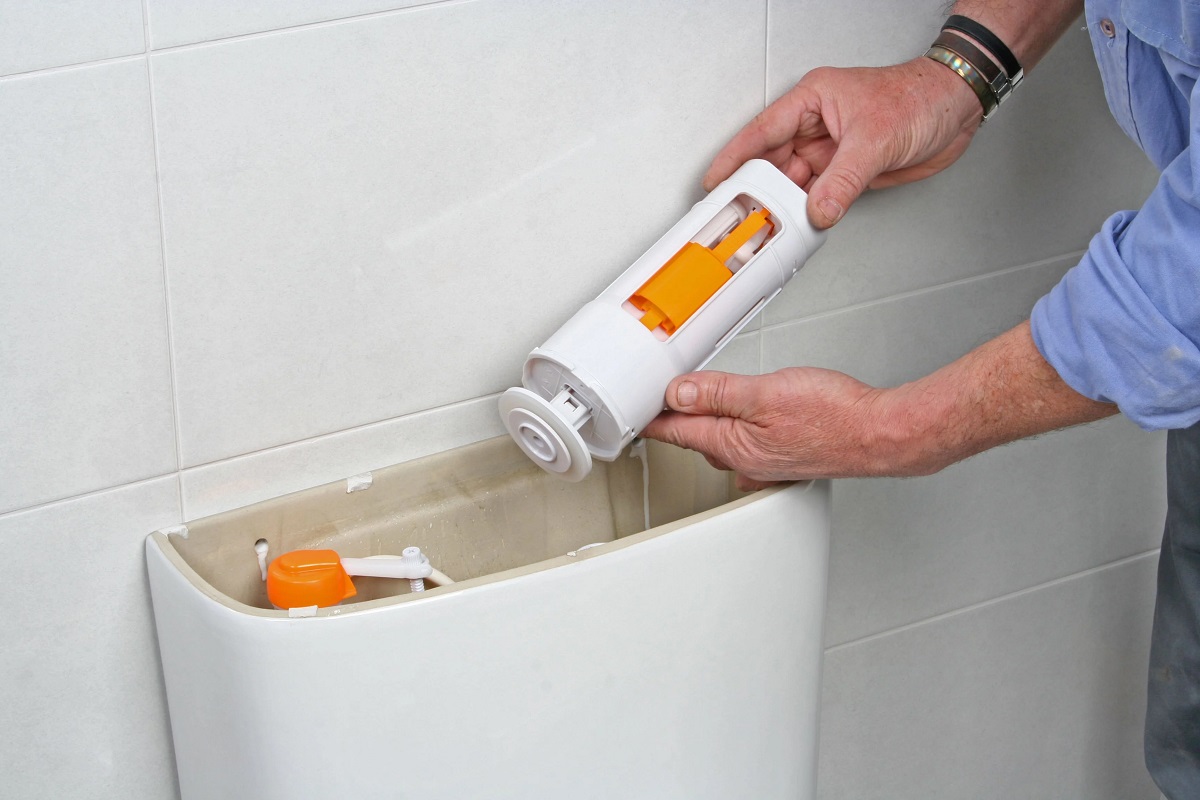

Articles
What Is A Flush Valve On A Toilet
Modified: February 28, 2024
Learn about the flush valve on a toilet and how it works. Find informative articles on maintenance and troubleshooting.
(Many of the links in this article redirect to a specific reviewed product. Your purchase of these products through affiliate links helps to generate commission for Storables.com, at no extra cost. Learn more)
What Is A Flush Valve On A Toilet
A flush valve is an integral component of a toilet that controls the flow of water from the tank to the bowl during the flushing process. This mechanism is essential for the proper functioning of a toilet as it ensures that waste is effectively flushed away. Understanding how flush valves work and knowing how to maintain and troubleshoot them can help you keep your toilet in optimal working condition.
Flush valves are designed to create a strong and swift water flow that effectively clears the bowl. When the toilet is flushed, the flush valve opens, allowing water from the tank to rush into the bowl, leading to the removal of waste through the drain. Once the tank is emptied, the flush valve closes, preventing any further water from entering the bowl.
There are different types of flush valves available on the market. The most common types include flapper flush valves and canister flush valves. Flapper flush valves consist of a rubber or silicone flapper that seals the flush valve opening when the tank is full. When the toilet is flushed, the flapper lifts, allowing water to flow into the bowl. Canister flush valves, on the other hand, use a cylindrical canister that is lifted when the toilet is flushed, allowing water to enter the bowl.
The main components of a flush valve include the flapper or canister, the flush valve seat, and the overflow tube. The flapper or canister is responsible for sealing the flush valve opening and controlling the flow of water. The flush valve seat ensures a tight seal, preventing any leakage. The overflow tube is designed to prevent the tank from overflowing by diverting excess water into the bowl.
Flush valves can encounter common issues that can affect their performance. Some of these issues include a running toilet, weak flush, or a leaky flush valve. A running toilet can be caused by a faulty flapper or canister that does not seal properly, resulting in continuous water flow. A weak flush can occur due to a clogged or restricted flush valve opening, preventing a strong and efficient flow of water. A leaky flush valve can lead to water wastage and requires prompt repair or replacement.
Regular maintenance of flush valves is essential to keep them in good working condition. Cleaning the flush valve periodically to remove mineral deposits and debris will help ensure a proper seal and efficient water flow. It is also important to check the flush valve components for any signs of wear or damage and replace them if necessary. DIY repair techniques such as adjusting the chain length or replacing the flapper can fix minor flush valve issues.
In some cases, upgrading or replacing the flush valve may be necessary. Signs that it may be time to consider a new flush valve include frequent repairs, persistent leakage, or poor flushing performance. When selecting a new flush valve, consider factors such as compatibility with your toilet model, water efficiency, and durability. It is advisable to follow the manufacturer’s instructions for proper installation to ensure optimal performance.
Understanding the flush valve and its importance in a toilet is crucial for proper maintenance and troubleshooting. By familiarizing yourself with the workings of flush valves, you can prolong the lifespan of your toilet and ensure efficient flushing. Regular maintenance, timely repairs, and knowing when to upgrade or replace a flush valve will contribute to a well-functioning and water-efficient toilet system.
Key Takeaways:
- Understanding flush valves is crucial for maintaining efficient and water-saving toilets. Regular maintenance and DIY troubleshooting can prevent common issues and prolong the lifespan of flush valves.
- Upgrading or replacing flush valves can improve water efficiency and address persistent issues. Consider compatibility, water efficiency, and durability when selecting a new flush valve for successful installation.
Read more: How To Replace A Toilet Flush Valve
Introduction: Overview of the Topic – Importance of Understanding Flush Valves in Toilets
Flush valves play a vital role in the functionality of toilets, ensuring that waste is properly flushed away and maintaining the overall sanitation of the bathroom. Understanding how flush valves work and knowing how to maintain and troubleshoot them can help you avoid common issues, prolong the lifespan of your toilet, and prevent unnecessary water wastage.
A flush valve is the mechanism responsible for controlling the flow of water from the tank to the bowl during the flushing process. When the toilet is flushed, the flush valve opens, allowing water to rush into the bowl, effectively cleaning and removing waste. Once the flushing is complete, the flush valve closes, stopping any further water flow.
Having a clear understanding of flush valves is essential for homeowners and even building managers. By knowing how flush valves operate, individuals can identify any potential problems that may arise. This knowledge enables them to take appropriate action, whether it be basic maintenance or seeking professional help, to rectify issues quickly and prevent further damage.
Moreover, understanding flush valves can help individuals maintain a well-functioning toilet system. Regular maintenance, such as cleaning the flush valve and its components, ensures optimal performance and extends the lifespan of the toilet. By implementing proactive measures, individuals can prevent clogs, leaks, and other common problems associated with flush valves.
Understanding flush valves also promotes water efficiency. Faulty or malfunctioning flush valves can lead to constant water leakage or weak flushing, resulting in unnecessary water consumption. This not only wastes a precious resource but also increases water bills. By understanding how flush valves work and recognizing signs of inefficiency, individuals can take appropriate steps to conserve water and reduce their environmental impact.
In addition, understanding flush valves empowers homeowners to troubleshoot common issues. Learning how to diagnose problems, such as running toilets, leaky flush valves, or weak flushes, enables individuals to take corrective actions independently. This can save both time and money, as individuals can address minor issues promptly without the need for professional assistance.
By recognizing the significance of flush valves and the role they play in maintaining the functionality and water efficiency of toilets, individuals can take proactive steps to ensure their proper operation. With a clear understanding of flush valves and their maintenance requirements, homeowners will feel more confident in managing their toilet systems, reducing expenses, and contributing to a more sustainable future.
In the following sections, we will delve deeper into the mechanics of flush valves, discuss their main components, explore common issues that may arise, provide maintenance and repair tips, and highlight the factors to consider when upgrading or replacing a flush valve. By the end, you will have a comprehensive understanding of flush valves, equipping you with the knowledge to maintain a well-functioning and efficient toilet system.
Understanding Flush Valves
Flush valves are fundamental components of toilets that regulate the flow of water from the tank to the bowl during the flushing process. They are responsible for initiating and controlling the powerful water rush that cleans and removes waste from the bowl.
The primary function of a flush valve is to create a swift and forceful flow of water that effectively clears the bowl. When the toilet is flushed, the flush valve opens, allowing water from the tank to rush into the bowl. This surge of water carries away waste through the drain, resulting in a clean and refreshed bowl. Once the tank is emptied, the flush valve closes, ensuring that no more water enters the bowl until the next flush.
There are different types of flush valves available in the market, each with its own unique design and function. One common type is the flapper flush valve. This type of flush valve consists of a rubber or silicone flapper located at the bottom of the tank. When the toilet is flushed, the flapper lifts, allowing water to flow into the bowl. Once the flushing is complete, the flapper drops back down, sealing the flush valve opening and preventing any water from flowing into the bowl.
Another type of flush valve is the canister flush valve. This type uses a cylindrical canister, typically made of plastic, instead of a flapper. When the toilet is flushed, the canister is lifted, which allows water to enter the bowl. The canister then drops back down to its original position to seal the flush valve opening.
Both the flapper flush valve and canister flush valve systems are designed to create a strong and efficient flow of water. While the flapper flush valve has been the traditional choice for many years, canister flush valves are becoming increasingly popular due to their durability and improved performance.
Understanding the different types of flush valves is essential as it helps individuals make informed decisions when it comes to maintenance and troubleshooting. Knowing the type of flush valve in your toilet can guide you in identifying specific issues and determining the appropriate steps to rectify them. Additionally, understanding the mechanics of flush valves allows homeowners to better appreciate the engineering behind their toilet systems and enhances their ability to perform basic maintenance and repairs.
In the next section, we will explore the various components that make up a flush valve and discuss their significance in the flushing process. By gaining a deeper understanding of these components, you will be better equipped to troubleshoot and maintain your flush valve to ensure optimal toilet performance.
Components of a Flush Valve
A flush valve is comprised of several essential components that work together to facilitate the efficient flushing of a toilet. Understanding these components and their roles is crucial for maintaining and troubleshooting your flush valve. Let’s explore the main components and their importance in the flushing process.
1. Flapper or Canister: The flapper or canister is a key component of a flush valve. In flapper flush valves, it is typically a rubber or silicone flap that seals the flush valve opening in the tank. In canister flush valves, it is a cylindrical canister. When the toilet is flushed, the flapper or canister lifts to allow water to flow into the bowl. Its proper functioning is crucial for creating a strong water flow during the flushing process.
2. Flush Valve Seat: The flush valve seat is the area where the flapper or canister rests when the toilet is not in use. It provides a tight seal to prevent any water leakage from the tank into the bowl. A well-maintained and properly fitting flush valve seat is essential for efficient flushing and preventing wasted water.
3. Overflow Tube: The overflow tube is a vertical tube that is connected to the flush valve. Its purpose is to prevent the tank from overflowing. During the flushing process, if the water level in the tank rises too high, the overflow tube diverts the excess water into the bowl, ensuring that the tank does not overflow.
4. Chain or Lift Arm: The chain or lift arm connects the flush handle to the flapper or canister. When the flush handle is pressed, the chain or lift arm lifts the flapper or canister, allowing water to flow into the bowl. It is important to ensure that the chain or lift arm is adjusted properly to ensure a full and uninterrupted flush.
Each of these components plays a vital role in the flushing process of a toilet. The flapper or canister is responsible for controlling the flow of water into the bowl, while the flush valve seat ensures a tight seal to prevent any water leakage. The overflow tube helps maintain the water level in the tank at an appropriate level, preventing overflow. Finally, the chain or lift arm serves as the mechanism that activates the flush valve when the flush handle is pressed.
Understanding the importance of each component allows homeowners to perform regular maintenance and troubleshooting. Inspecting and cleaning the flapper or canister, ensuring a proper seal with the flush valve seat, and adjusting the chain or lift arm are all critical steps in maintaining the effectiveness of the flush valve.
In the next section, we will discuss common issues that can arise with flush valves and provide troubleshooting tips to address them. By familiarizing yourself with these common problems and their solutions, you will be better equipped to handle any potential issues with your flush valve.
If your toilet is constantly running, it could be a sign that the flush valve needs to be replaced. This is a relatively simple and inexpensive fix that can save you money on your water bill.
Common Issues with Flush Valves
Flush valves, like any other mechanical component, can encounter various issues that affect their performance and functionality. Understanding these common problems and knowing how to troubleshoot them can help you address issues promptly and ensure the effective flushing of your toilet. Let’s explore some of the most common issues with flush valves and provide troubleshooting tips for each.
1. Running Toilet: A running toilet is a common problem that occurs when water continues to flow into the bowl after flushing. This can be caused by a faulty flapper or canister that fails to create a proper seal. To troubleshoot this issue, check if the flapper or canister is properly aligned and not damaged. Adjusting the chain or lift arm that connects the flush handle to the flapper or canister may also resolve this problem.
2. Weak Flush: If your toilet is experiencing a weak flush that doesn’t effectively clear the bowl, the flush valve opening may be clogged or restricted. Mineral deposits, debris, or a worn-out flapper or canister can contribute to this issue. To troubleshoot, inspect the flapper or canister for any signs of damage or buildup. Clean the flush valve opening using a brush or vinegar solution to remove any blockages.
3. Leaky Flush Valve: A leaky flush valve is characterized by continuous water leakage into the bowl, leading to water wastage and increased water bills. This can be caused by a faulty or worn-out flapper or canister, or a misaligned flush valve seat. Inspect the flapper or canister for any signs of damage or deterioration. Adjust or replace the flush valve seat if necessary to ensure a proper seal.
4. Incomplete Flush: An incomplete flush occurs when the toilet bowl doesn’t completely empty after flushing. This can be caused by a weak or inadequate water flow due to an improperly adjusted chain or lift arm. Ensure that the chain or lift arm is properly connected, allowing the flapper or canister to lift fully and allow sufficient water flow.
Regular maintenance and proper troubleshooting can help resolve these common issues with flush valves. Cleaning the flush valve components, including the flapper or canister and flush valve seat, is a crucial maintenance step to ensure a proper seal. If necessary, consider replacing any damaged or worn-out parts to restore the optimal functioning of the flush valve.
It’s important to note that if these troubleshooting tips do not resolve the issue, it may be best to consult a professional plumber for further assistance. They have the expertise and tools to diagnose and fix more complex problems with flush valves.
In the next section, we will discuss the importance of regular maintenance and provide a step-by-step guide for cleaning and maintaining flush valves. By following these maintenance practices, you can ensure the longevity and efficiency of your flush valve system.
Read also: 13 Best Toilet Flush Valve for 2024
Maintenance and Repair of Flush Valves
Regular maintenance of flush valves is essential to ensure their optimal performance and prevent common issues that can affect the functionality of your toilet. By following a proper maintenance routine and addressing minor issues promptly, you can prolong the lifespan of your flush valve and avoid costly repairs. Let’s explore the importance of regular maintenance, provide a step-by-step guide for cleaning and maintaining flush valves, and discuss DIY repair techniques for minor issues.
Importance of Regular Maintenance:
Regular maintenance is crucial for flush valves to ensure their proper functioning. Over time, mineral deposits, debris, and wear and tear can affect the performance of the flush valve and lead to issues such as weak flushing or leaks. By incorporating regular maintenance into your bathroom cleaning routine, you can prevent these problems from occurring and keep your toilet in optimal working condition.
Step-by-Step Guide for Cleaning and Maintaining Flush Valves:
1. Turn off the water supply to the toilet by shutting off the valve located on the water supply line.
2. Flush the toilet to empty the tank and remove any remaining water.
3. Inspect the flapper or canister for any signs of wear or damage. If necessary, remove the flapper or canister by disconnecting the chain or lift arm.
4. Clean the flapper or canister using a mild detergent or vinegar solution. Gently scrub away any debris or mineral deposits.
5. Inspect the flush valve seat for any signs of buildup or damage. Clean the flush valve seat using a brush or vinegar solution to ensure a proper seal.
6. Reinstall the flapper or canister, making sure it is properly aligned and allows for a full range of motion.
7. Adjust the chain or lift arm to ensure proper tension. The chain should have minimal slack, allowing the flapper or canister to fully close and seal the flush valve.
8. Turn on the water supply and allow the tank to refill. Test the flushing action to ensure that it is smooth and efficient.
DIY Repair Techniques for Minor Flush Valve Issues:
For minor issues such as a misaligned flapper or canister, or an improperly adjusted chain or lift arm, there are simple repair techniques that you can try before seeking professional help. Adjusting the chain or lift arm to ensure proper tension, realigning the flapper or canister to create a better seal, or replacing the flapper with a new one can often resolve these minor issues.
It is important to note that if you encounter more complex issues or if the troubleshooting steps do not resolve the problem, it is recommended to consult a professional plumber. They have the expertise to diagnose and address more significant flush valve issues.
By incorporating regular maintenance into your toilet cleaning routine and addressing minor issues promptly, you can ensure the longevity and optimal performance of your flush valve. Cleaning and maintaining the flush valve components, as well as implementing simple DIY repairs, can save you time and money by preventing major problems and preserving the functionality of your toilet.
In the next section, we will discuss when it may be necessary to upgrade or replace a flush valve, as well as the factors to consider and tips for installation. Understanding the process of upgrading or replacing a flush valve will empower you to make informed decisions for your toilet system.
Upgrading or Replacing Flush Valves
At some point, you may find it necessary to upgrade or replace the flush valve in your toilet. Whether you are looking to improve efficiency, address persistent issues, or update your bathroom décor, understanding when and how to upgrade or replace a flush valve is essential. Let’s explore the signs that indicate it may be time for an upgrade or replacement, factors to consider when selecting a new flush valve, and tips for a successful installation.
Signs it may be time to upgrade or replace a flush valve:
1. Persistent Issues: If you consistently experience problems like weak flushing, leaks, or incomplete flushes despite regular maintenance, it may be an indication that your current flush valve needs an upgrade or replacement.
2. Water Efficiency: Older flush valves may not be as water-efficient as newer models. If you are concerned about reducing water consumption and want to adopt eco-friendly practices, upgrading to a water-saving flush valve can be a wise choice.
3. Toilet Renovation: If you are renovating your bathroom and want to update the overall look and functionality of your toilet, replacing the flush valve is an opportunity to upgrade to a more modern and aesthetically pleasing model.
Factors to consider when selecting a new flush valve:
1. Compatibility: Ensure that the new flush valve you choose is compatible with your toilet model. Check the specifications and dimensions to ensure a proper fit.
2. Water Efficiency: Consider opting for a water-saving flush valve that is designed to use less water per flush while maintaining effective waste removal.
3. Durability: Look for flush valves made of durable materials that can withstand regular use and resist corrosion. This ensures a longer lifespan and reduces the need for frequent replacements.
Tips for installing a new flush valve:
1. Turn off the water supply to the toilet by shutting off the valve on the water supply line. Flush the toilet to empty the tank and remove any remaining water.
2. Follow the manufacturer’s instructions for installing the new flush valve. Ensure that all components are properly aligned and securely attached.
3. Test the new flush valve by turning on the water supply and allowing the tank to refill. Check for any leaks and verify that the flushing action is smooth and efficient.
4. Make any necessary adjustments to the chain or lift arm to ensure proper tension and the correct opening and closing of the flush valve.
5. Conduct a final inspection to ensure that all connections are tight and secure. If any issues persist, consult a professional plumber for further assistance.
By recognizing the signs that indicate a need for an upgrade or replacement, considering important factors when selecting a new flush valve, and following proper installation techniques, you can ensure a successful upgrade or replacement process.
In the concluding section, we will recap the importance of flush valves in toilets, summarize the key insights discussed in the article, and provide final thoughts and considerations.
Conclusion
Flush valves are essential components of toilets that play a crucial role in maintaining proper sanitation and functionality. Understanding the function, maintenance, and troubleshooting of flush valves is important to ensure efficient and effective flushing, prevent water wastage, and prolong the lifespan of your toilet system.
Throughout this article, we have explored the definition and function of flush valves, the different types available, as well as the main components that make up a flush valve. We have discussed common issues that can arise with flush valves, provided troubleshooting tips for these issues, and emphasized the importance of regular maintenance.
Regular maintenance of flush valves is vital to ensure optimal performance. By cleaning and maintaining the flapper or canister, flush valve seat, and overflow tube, you can prevent common issues such as leaks, weak flushing, and running toilets. DIY repair techniques, such as adjusting the chain or lift arm, can address minor issues and save both time and money.
In some instances, upgrading or replacing the flush valve may be necessary. Signs that indicate it may be time for an upgrade or replacement include persistent issues, water efficiency concerns, or bathroom renovations. When selecting a new flush valve, consider factors such as compatibility, water efficiency, and durability.
Proper installation is key to maximizing the effectiveness of the new flush valve. By following the manufacturer’s instructions, ensuring proper alignment and secure attachment, and making necessary adjustments to the chain or lift arm, you can achieve a successful installation.
In conclusion, flush valves are vital components of toilets that should not be overlooked. Understanding their function, performing regular maintenance, and addressing issues promptly will contribute to a well-functioning and water-efficient toilet system. By taking these steps, you can ensure the longevity of your flush valves and enjoy a clean and efficient flushing experience.
Final Thoughts and Considerations:
– Regular maintenance of flush valves should be incorporated into your bathroom cleaning routine to prevent issues and maintain optimal performance.
– Don’t hesitate to troubleshoot minor issues with the flush valve before seeking professional assistance. DIY repair techniques can often resolve common problems.
– Water efficiency should be a consideration when upgrading or replacing a flush valve to reduce water consumption and contribute to environmental sustainability.
– When installing a new flush valve, follow the manufacturer’s instructions carefully and conduct a thorough inspection to ensure proper functionality.
– Consult a professional plumber if you encounter complex issues or if troubleshooting steps are unsuccessful in resolving the problem.
By keeping flush valves in good working condition, you can enjoy a well-functioning toilet system and contribute to water conservation efforts. Remember that proper maintenance and prompt action are key to ensuring the effectiveness and efficiency of your flush valves for years to come.
Frequently Asked Questions about What Is A Flush Valve On A Toilet
Was this page helpful?
At Storables.com, we guarantee accurate and reliable information. Our content, validated by Expert Board Contributors, is crafted following stringent Editorial Policies. We're committed to providing you with well-researched, expert-backed insights for all your informational needs.
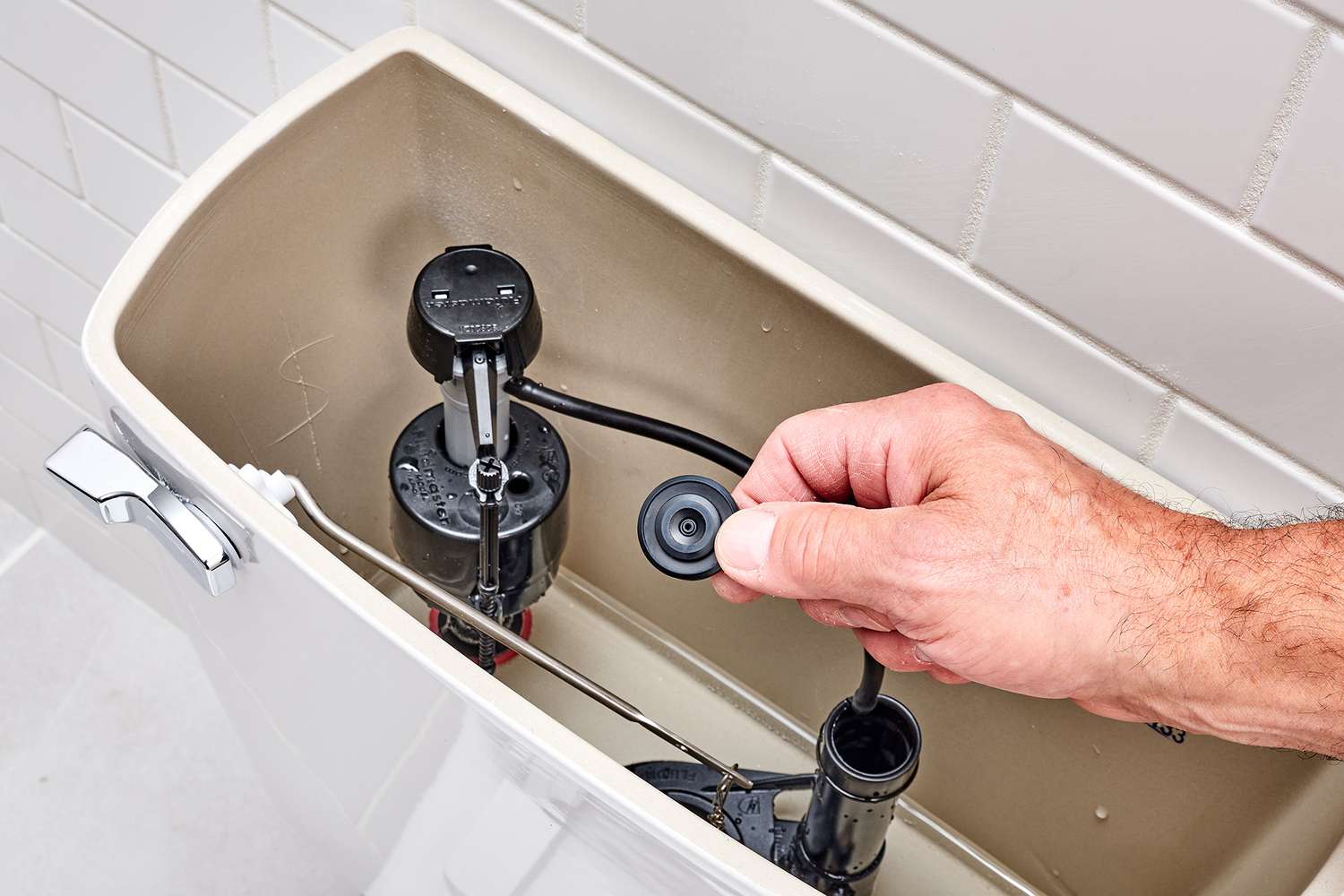
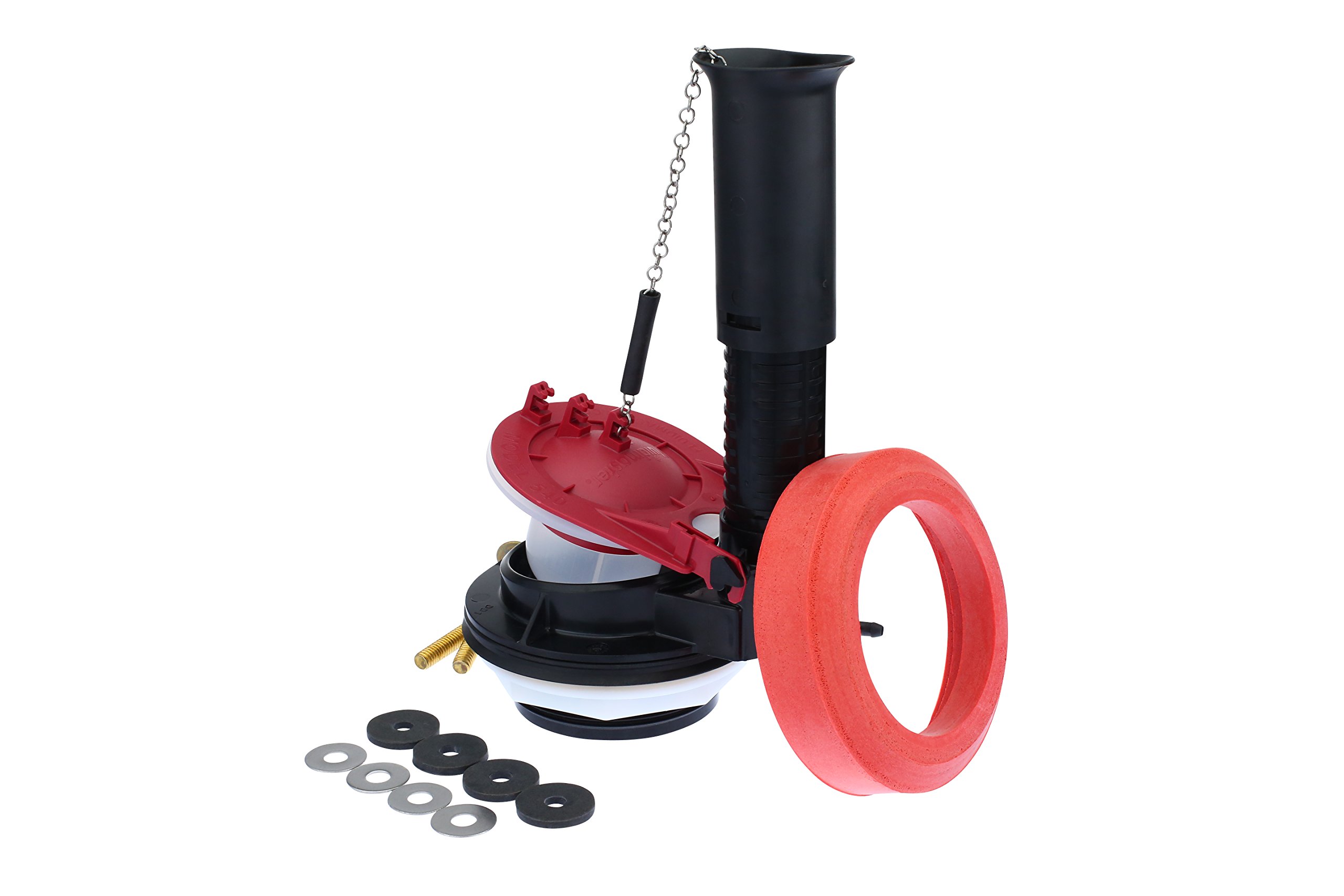
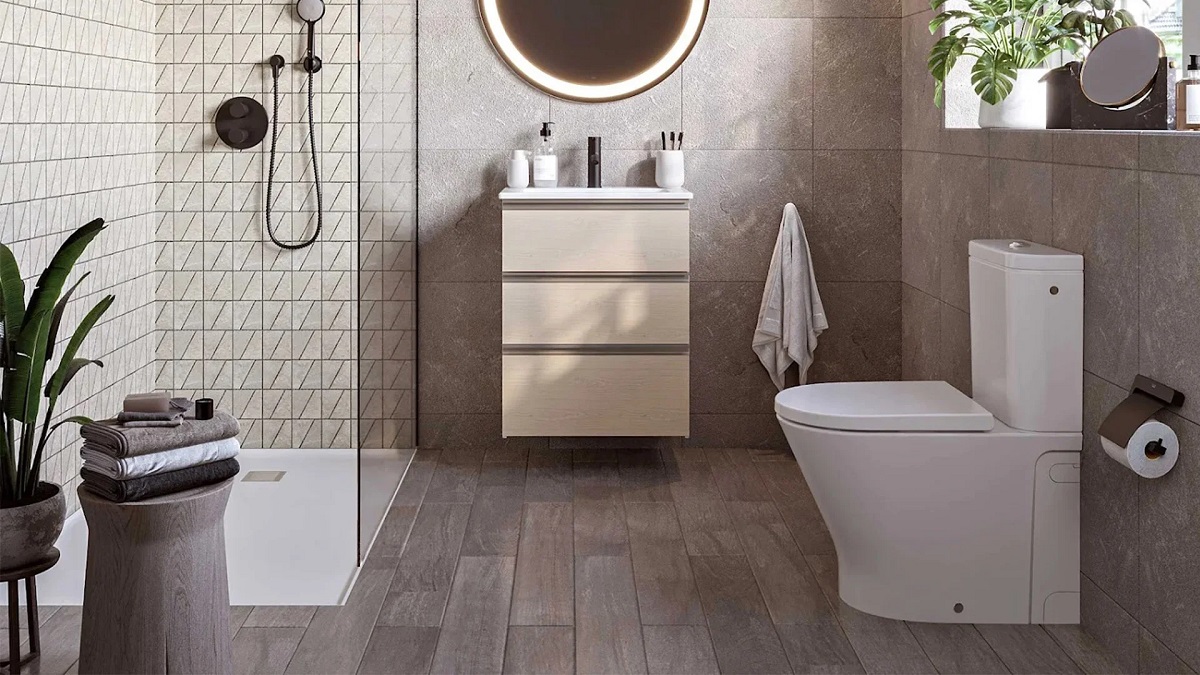
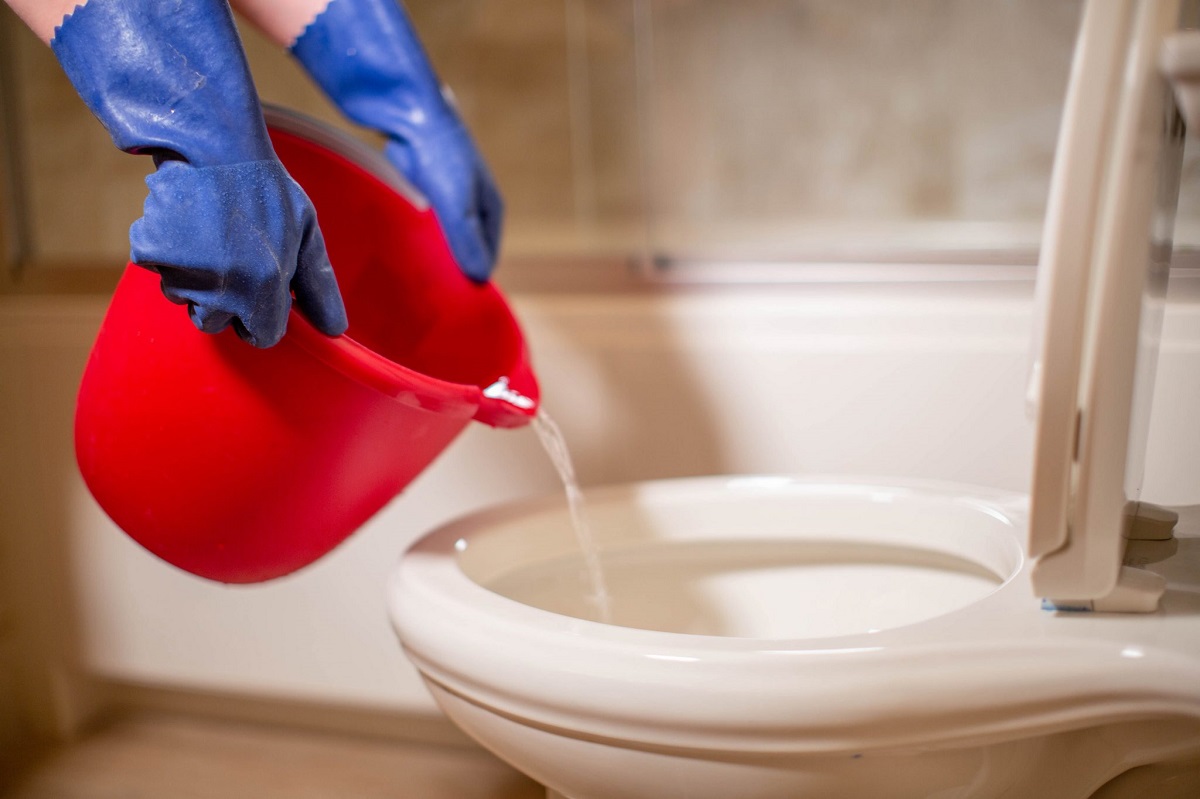
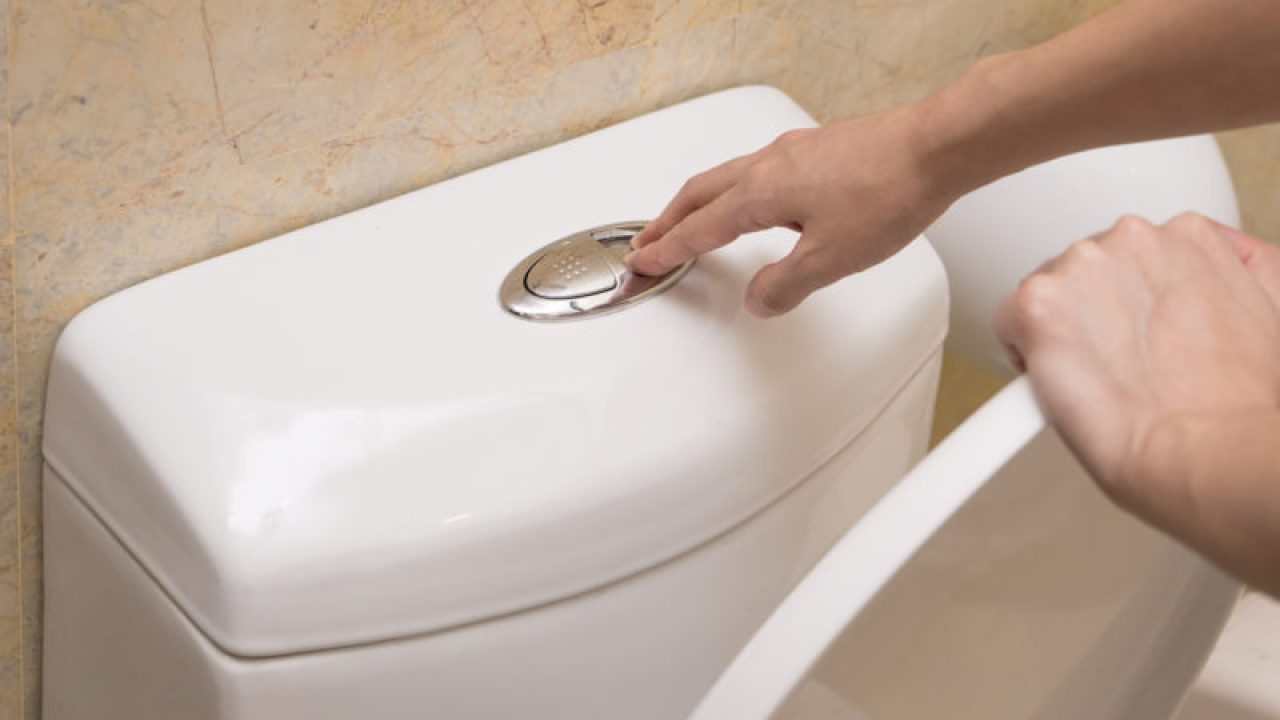
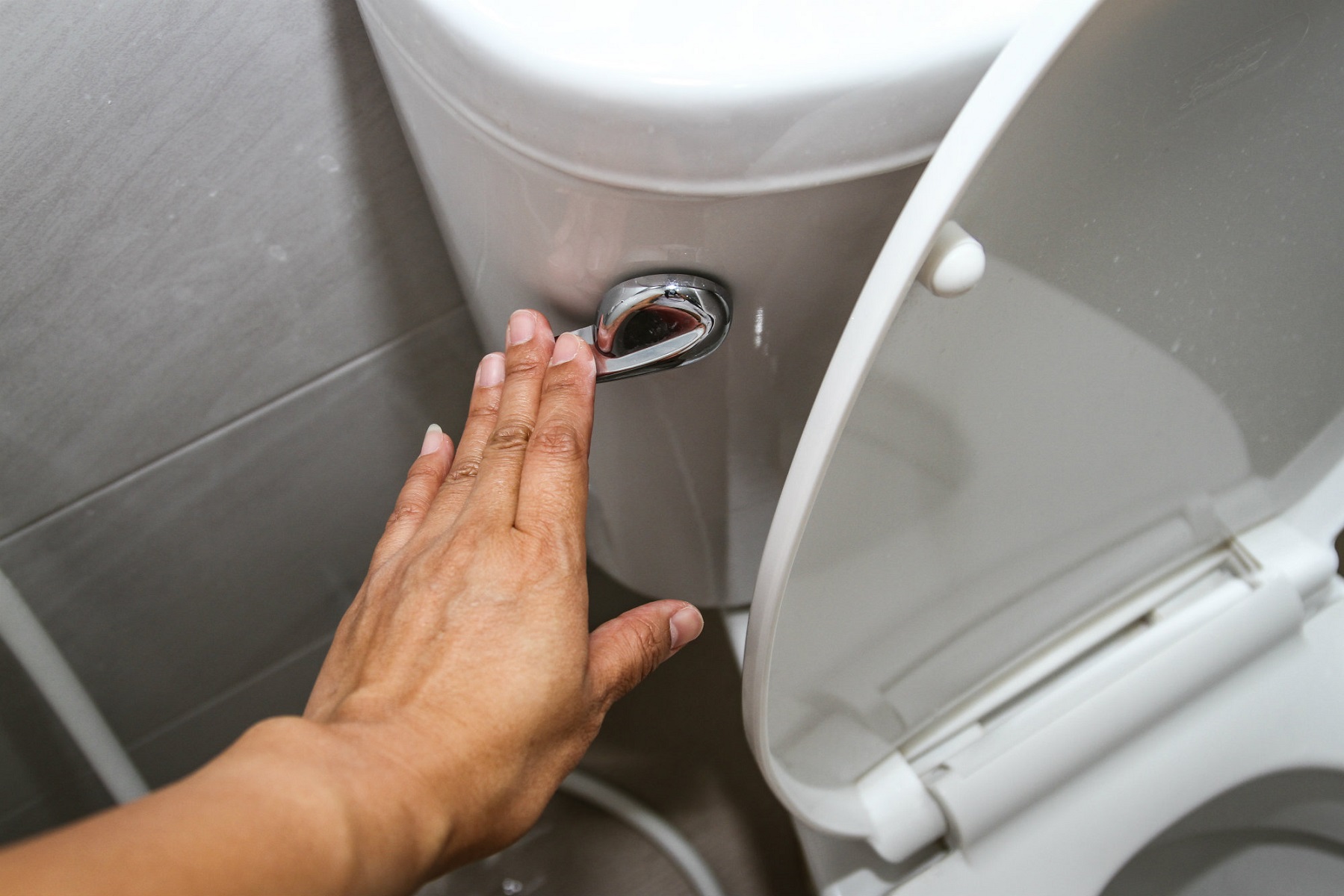
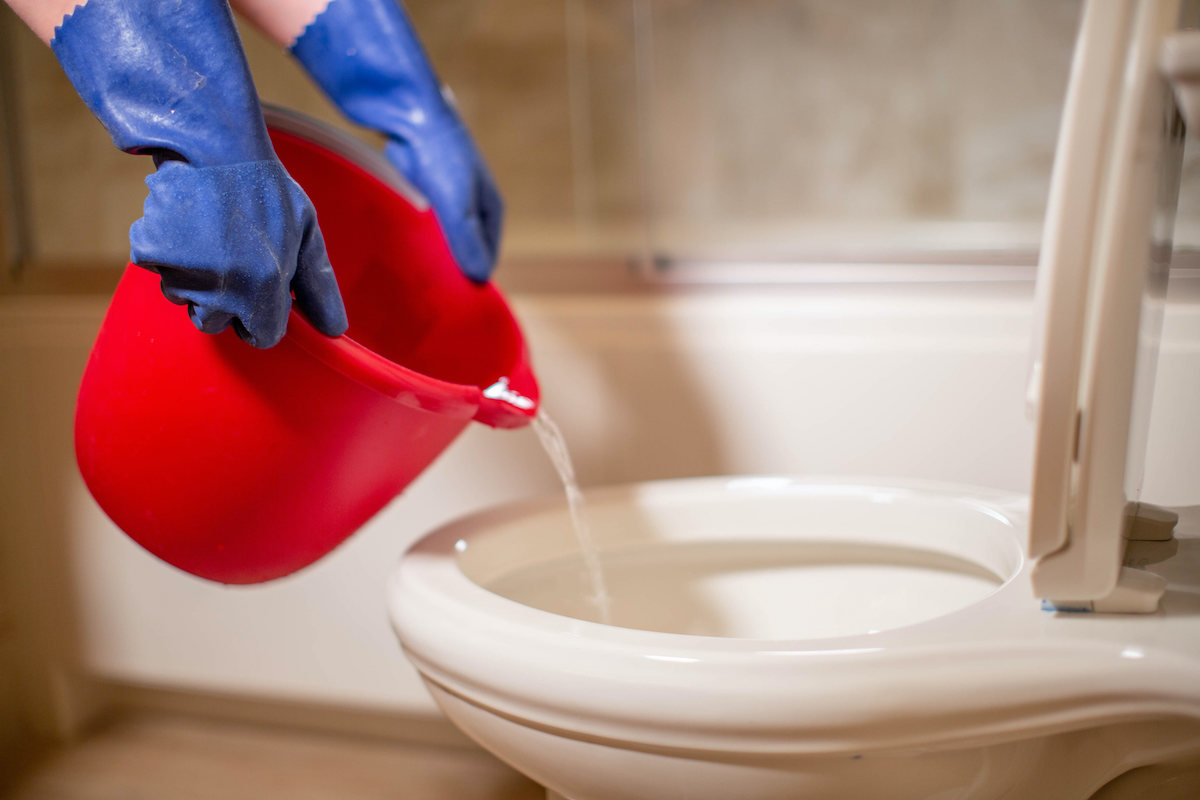
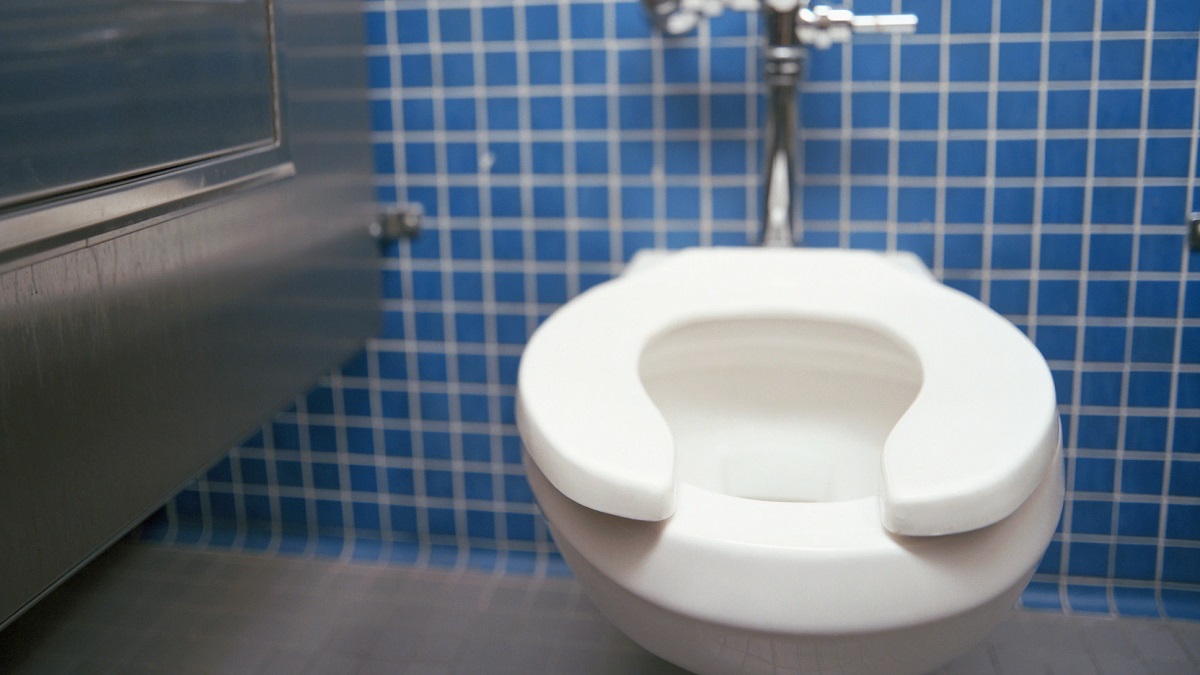
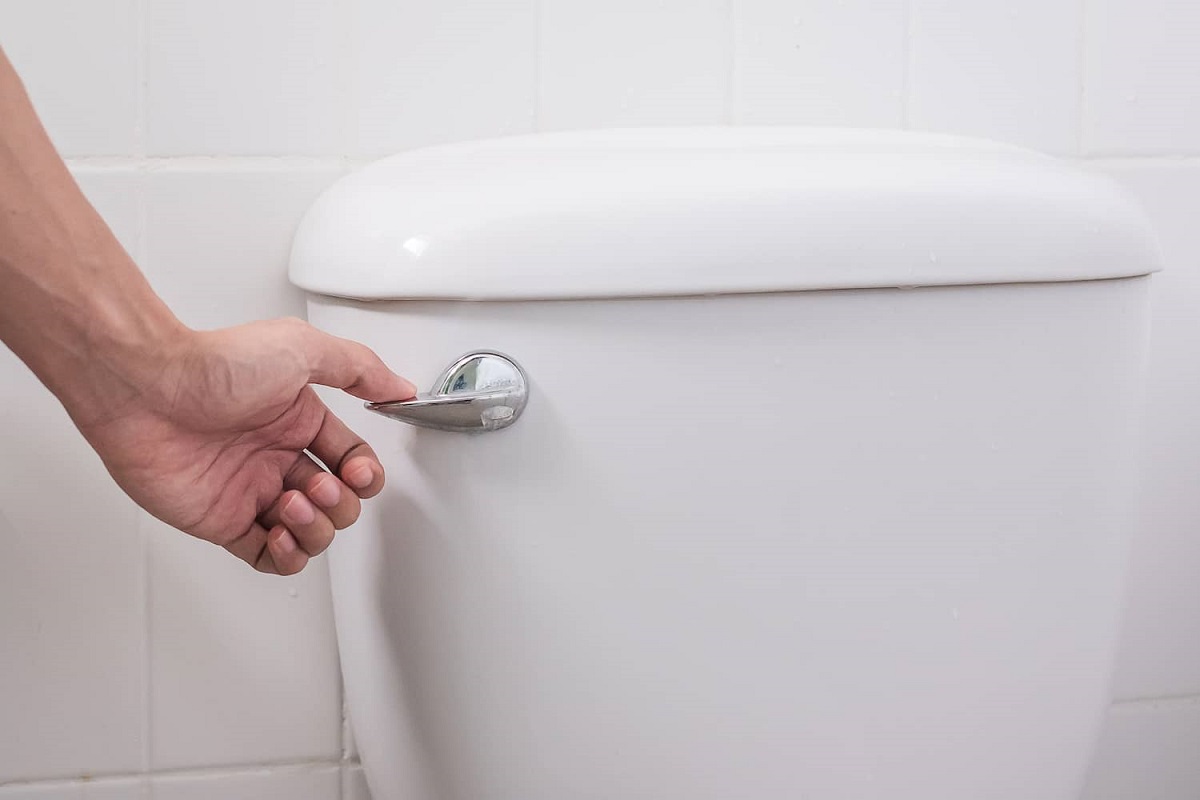
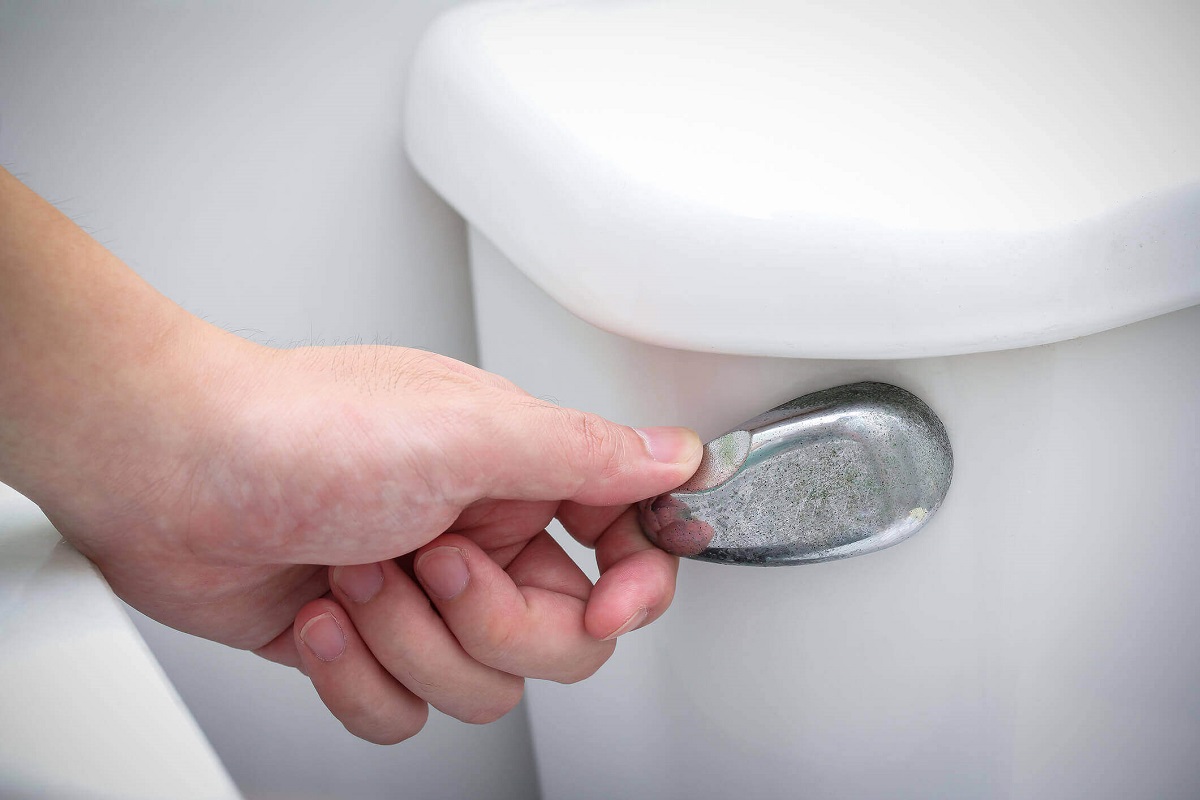
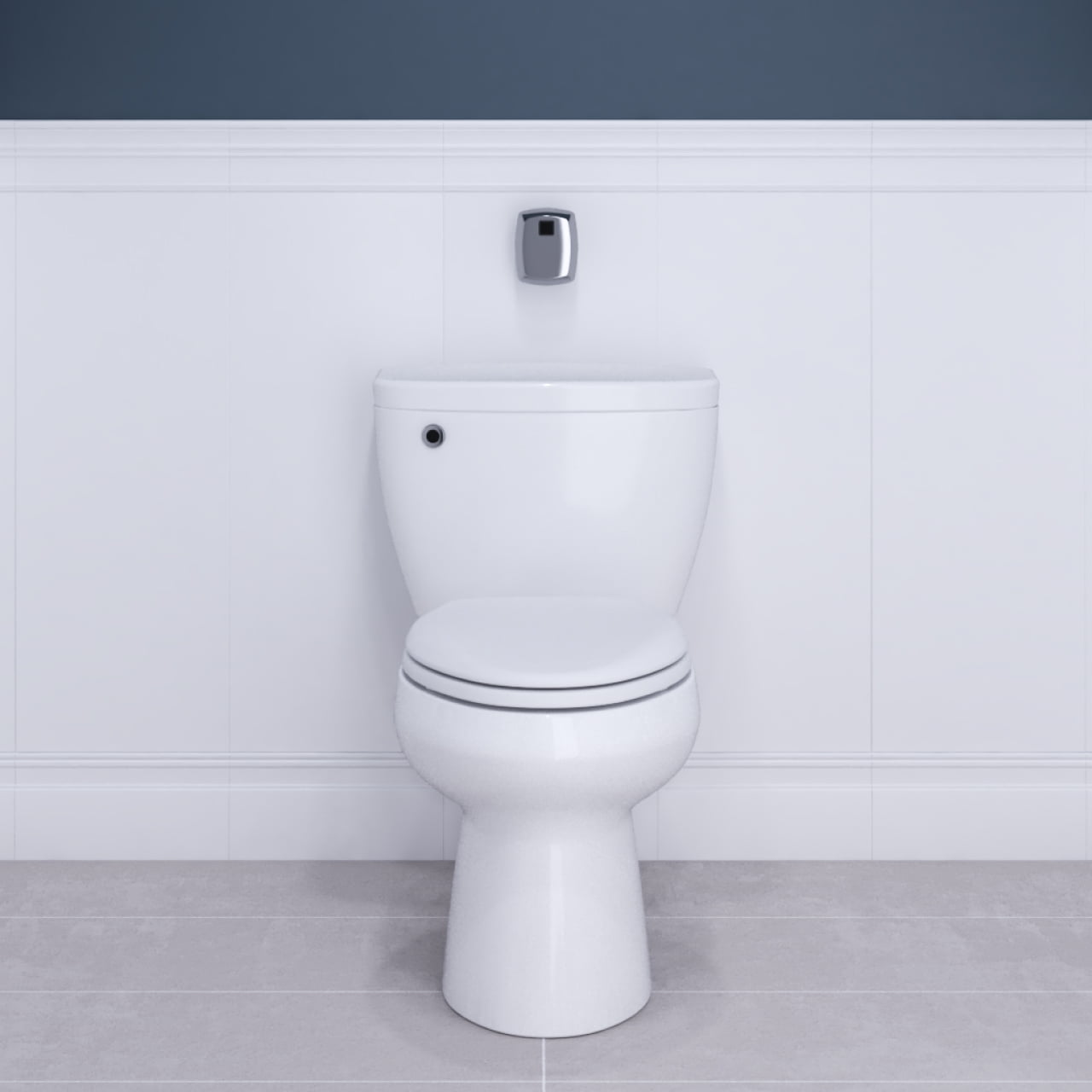
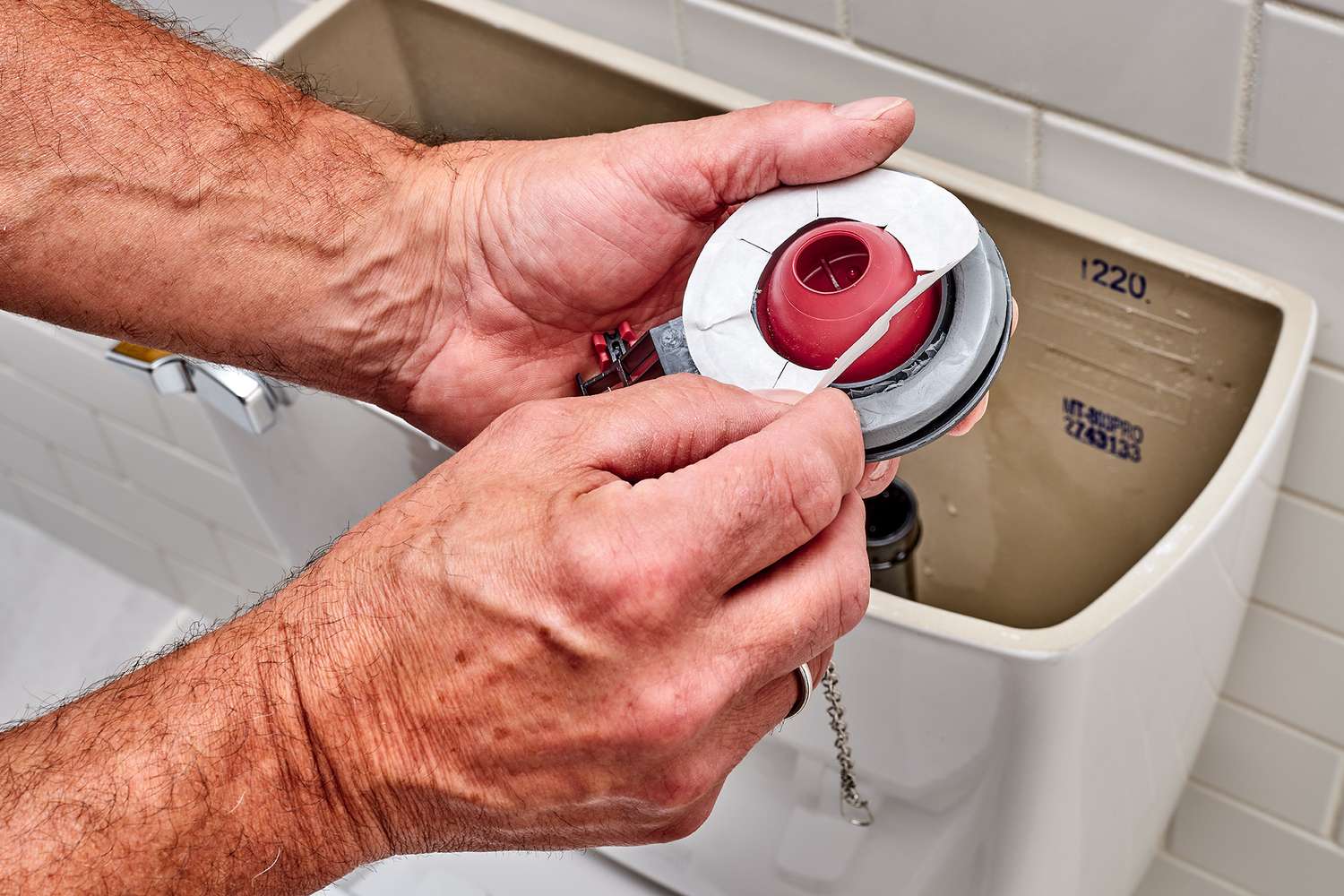
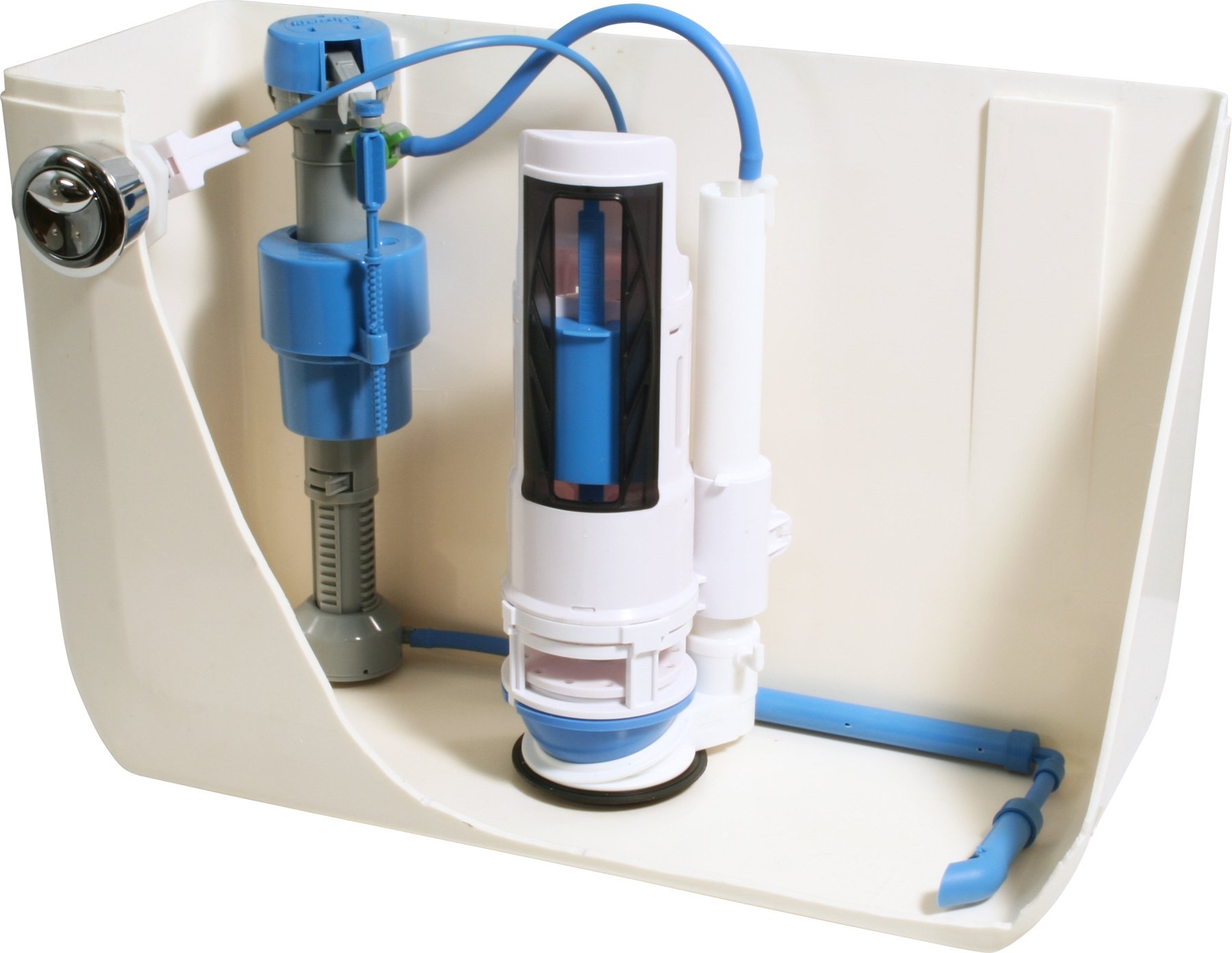
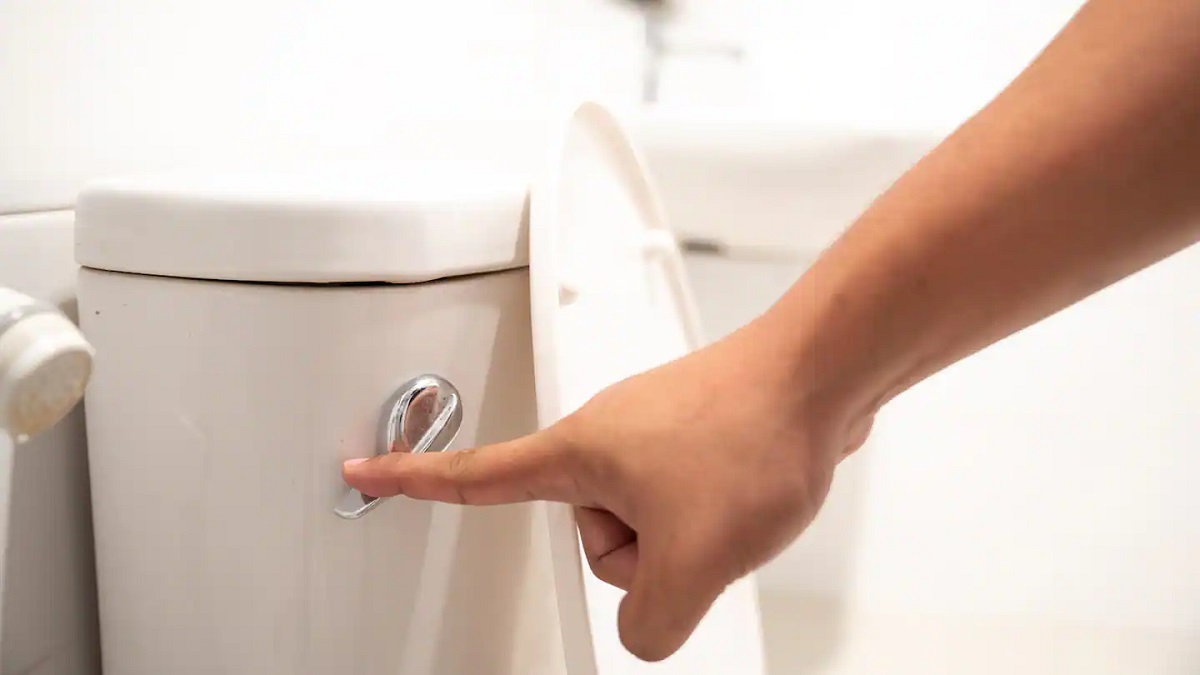

0 thoughts on “What Is A Flush Valve On A Toilet”